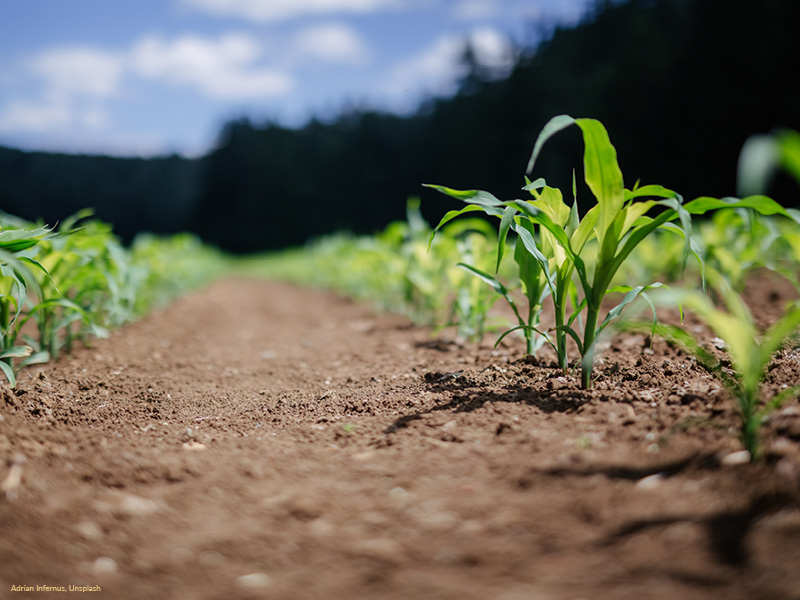Biogas production from pelleted and briquetted straw, roadside grass and reeds

The EU Commission has a target of production of 350 TWh biomethane by 2030, and in Sweden a target of 10 TWh is proposed. Currently, approximately 35 TWh biomethane is produced in EU and 1,5 TWh in Sweden. To enable production of biomethane, an economically viable concept is required that takes advantage of the potential from waste and residual products so that economies of scale can be achieved.
Agriculture has the largest untapped potential in Sweden, with a total of 4-10 TWh per year (excluding energy crops). Straw corresponds to 2-4 TWh per year of the total potential, and roadside grass and reed corresponds to approximately 0,3-1 TWh per year.
Alongside the political objective, there is an increased demand for biomethane from heavy trucks, industry, and shipping, which further justifies demonstration of biogas production from straw and lignin-based substrates.
This project is a feasibility study and it shall clarify and justify demonstration of digestion of straw, roadside grass and reeds from energy and climate perspective.

Anders Hjort
IVL Swedish Environmental Research Institute

anders.hjort@ivl.se
Project information
Participants
IVL
Halmstad University
Södra Hallands Kraft
Biofrigas Sweden AB
Perstorp Holding AB
Volvo Technology AB
Time schedule
December 2023 - March 2025
Total cost of project
1 615 000 SEK
Swedish Energy Agency project number
2023-01056
More projects

FOUNDATIONS
New technology promises higher yield from sustainable and locally produced biomass Phoenix Biopower’s BTC technology, Biomass-fired Top Cycle, enables flexible and robust…
Manager: Michael Bartlett
Completed: 2023-03-01

Tree species experiment focused on biomass production – Growth, carbon sequestration and biodiveristy
Forestry can counteract an increase in greenhouse gases through its large capacity to store carbon and through the substitution of fossil fuels….
Manager: Nils Fahlvik
Ongoing

Biogas Scenarios
Biogas is associated with several benefits, that can support a societal transition towards a circular economy with reduced climate impacts. The national…
Manager: Thomas Hans-Martin Magnusson
Ongoing


